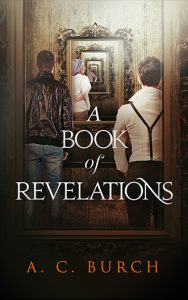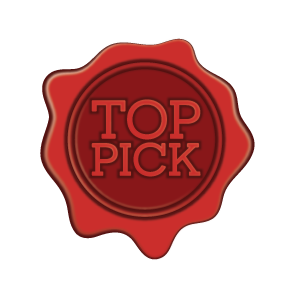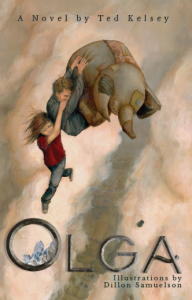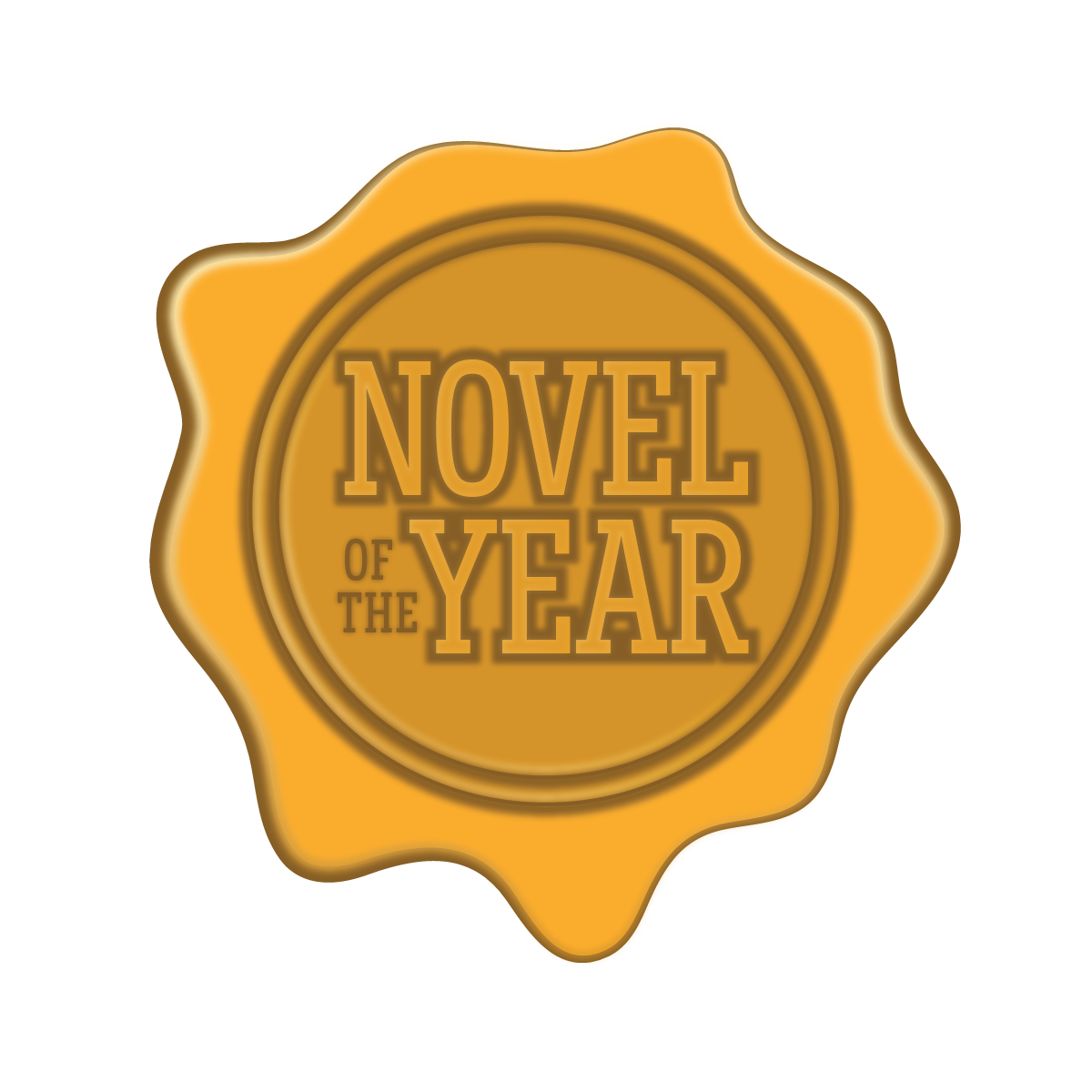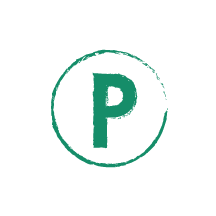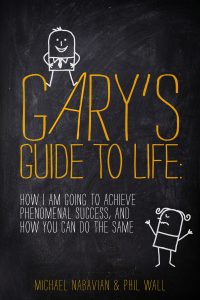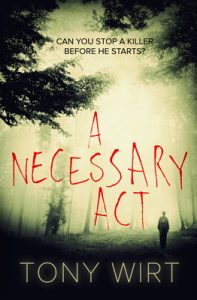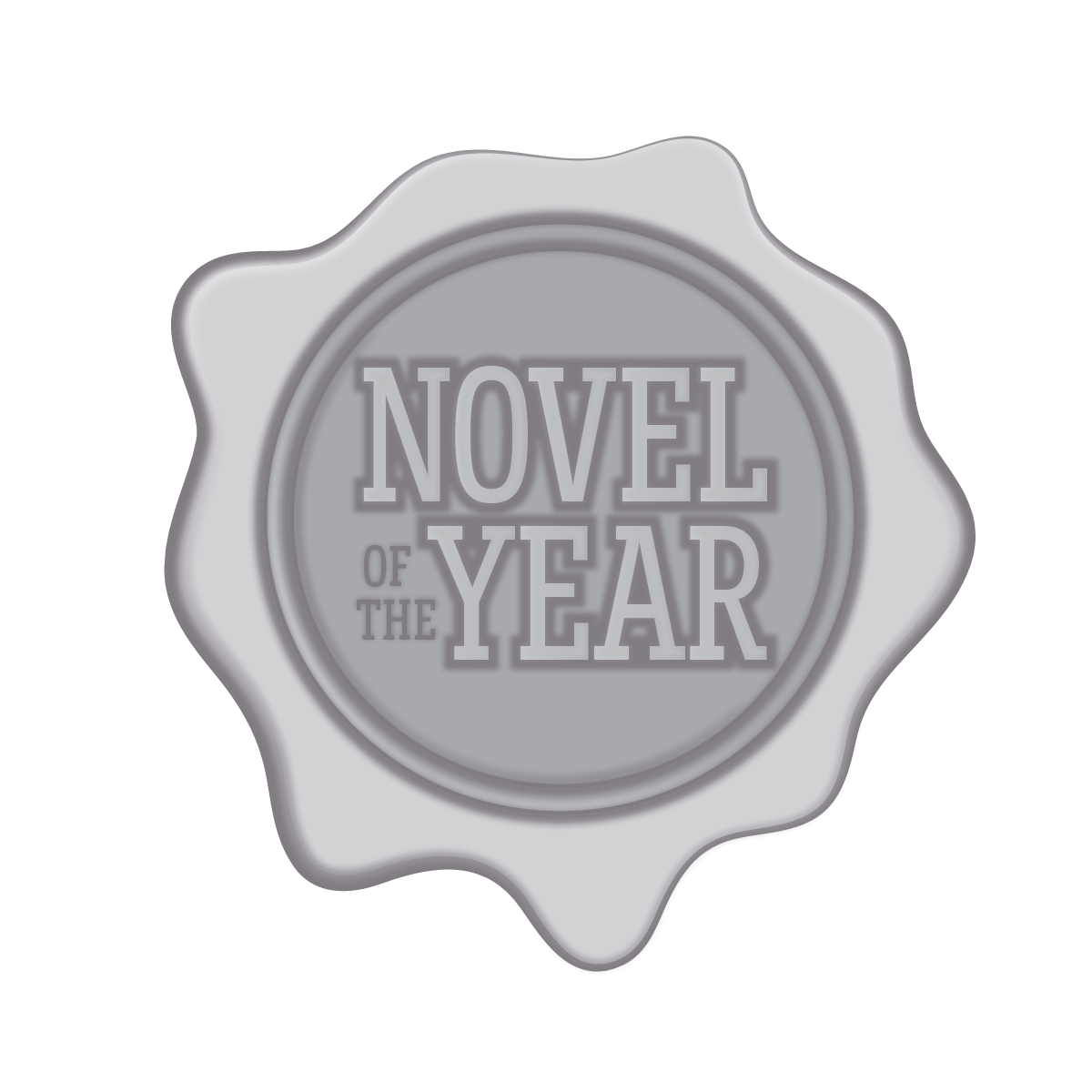The Rundown
The Recommendation
The Rating
The Links
The Reviewer
Katie Rose Guest Pryal
Visit Katie Rose Guest Pryal‘s website.In my previous column, "Websites for Writers Part 1: Should You Have Multiple Websites?" I suggested that authors should only have a single website—even if they have multiple income streams or multiple identities. I used as an example my friend who is an author, artist, consultant, and teacher. I helped her design her website by first helping her figure out how to fit her complete identity onto one website.
This column, the follow-up to my last column, delves deeper into suggestions for how you might design and use your author website, including suggestions for design and blogging.
Caveat: This is a short column. It is not meant to be the be-all and end-all of website design articles. It just has a few suggestions for authors to keep in mind when creating their websites. At the end of this column, I provide a list of links to other articles that can help you learn more.
1. Top-Level Navigation: Who Are You?
Let’s revisit the sketch that my friend and I drew to help her figure out how to fit her identities into one website. Here is the sketch:

After my friend and I drew this sketch of her identities, we used these identities to design her top-level navigation menu.
On a website, the menu that helps a user navigate around the entire site (as opposed to around a single page) and that appears on every page of the website is called the top-level navigation menu. It is also called a “persistent” navigation menu because it persists—appears—no matter what page you are on.
Two important notes before we proceed:
First: Your website WILL have a persistent, top-level navigation menu. Period. Full stop.
Second: Your website will only have ONE persistent, top-level navigation menu. You don’t get two. So choose your top-level navigation items with care.
When we were finished, my friend had the following items across the top of her website in her persistent, top-level navigation menu:
BLOG | ABOUT | BOOKS | ART & DESIGN | CONSULTING | TEACHING
The “about” page contains her biography, a professional portrait, and contact information. You should have an “about” page. You can put “Contact” on a separate page if you would like.
Once you have designed your top-level navigation, you have designed the main architecture of your website. Congratulations. Now, if you wish, you can create sub-pages that branch off of these top-level pages. That’s up to you.
2. Your Blog: Creating Relationships.
Back when I was talking to my friend about whether to maintain multiple websites, I asked her if she wanted to maintain multiple blogs. She was appalled by the suggestion. Maintaining one was a ton of work already.
She’s not wrong. Blogging well is hard. But, if you are a writer seeking to build relationships with readers, it’s a good thing for you to do it.
When you write a new blog post, you (had better) share the heck out of that blog post all over social media—Facebook, Twitter, whatever you use. The blog post then drives traffic to your website.
The website traffic, generated by your blog post, earns you blog readers and readerly goodwill. You are a writer, and likely a good one since you are an author or aspiring author. You are writing fun and engaging blog posts and giving them to your readers for free. I love free! Don’t you? So does everyone else.
Ideally, you are also giving readers a glimpse into your life (as much as you feel like sharing with the world on the internet), and you are creating relationships with readers. (You can read more about how to blog to create relationships here.)
And because you have, through blogging, created a readership for your website, and you have earned their goodwill, you won’t need to “sell” your books and other services. You blog readers will want to buy them because of their good relationship with you.
Now, what I just described won’t happen overnight. It also won’t happen unless you put yourself out there on social media and get people to come to your blog and read your posts, learning about you as a person and engaging with you. If you throw a (blog) party and no one comes, then you can’t make any friends. You have to invite folks to come read. (See: Social media is important for authors.)
Alternatively, if your website and blog are “dead,” then people have little reason to visit it. A regularly updated blog means your website it alive. It’s living. It’s regularly updated.
What should you blog about? Blog about you. Your life. Stuff that interests you. Whatever you are geeky about. You don’t always have to write about writing.
Furthermore, you don’t always have time to write a new substantive post. That’s okay! I bet you have a backlog of things you’ve written and never published. You are a writer, right? Old poems you’ve never published? Flash fiction? Photography? Every once in a while, post from your backlog. (Recent example here.)
If you are publishing text, always include a riveting image from a free stock photo site such as Morguefile.com or Pixabay.com. Images are essential to attract people to your blog posts and your social media links that you will post to invite people to read your blog posts.
3. Your Books: Where Do They Go?
Whether you have one book or twenty, you need to have a top-level navigation menu item that says “Books” or something like that. I’ll use my own website, katieroseguestpryal.com, as an example here because it shows how you can handle a book situation that’s a little complicated.
I have two top-level navigation items for my books: NOVELS and NONFICTION. I write novels (2 published, 1 coming out in June, and 2 manuscripts due this summer) and nonfiction (mostly books on law, but some other stuff too). For me, then, these two different types of books represented two different facets of my identity. They required two separate top-level navigation items.
Then, each of these has a drop-down menu, representing sub-pages. Each of my books gets a sub-page. But the sub-pages are not just for books. I also have things like a link to the Pinterest page for my novel Entanglement. Book tour dates. Information for book clubs. It’s all there, under NOVELS.
Under NONFICTION, there is a list of all my books. Here’s where things get tricky. Many of my nonfiction books have external websites maintain by my publishers. So, instead of me having to maintain a web page for each book, the menu item is just a link to an external website. Linking to websites maintained by other people saves me work.
However you decide to organize your book web pages under your top-level BOOKS navigation, remember that you can have multiple webpages that do multiple things, even link to external sites like Pinterest. And don’t forget to make it really, really easy for people to purchase your book. Add links to bookshops.
4. Author Website and Blogging Resources
As I mentioned at the beginning, this article is not an all-encompassing how-to for author websites and blogs. So, here are some links to other articles and resources to help you get started or perfect what you are already doing.
Rachel Thompson, providing ideas for how to write strong author blog posts.
Jane Friedman, answering the question "What Should Authors Blog About?"
Kimberley Grabas, providing blogging advice to fiction writers.
A Writer’s Digest article, "8 Things Every Blogging Writer Should Know."
And finally me, Katie Rose Guest Pryal, with my 3-Part Recipe for Author Blogging over on Shelf Pleasure.
Read Part 1 here!


